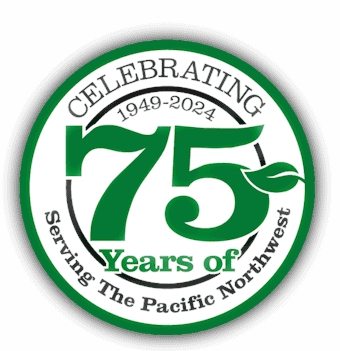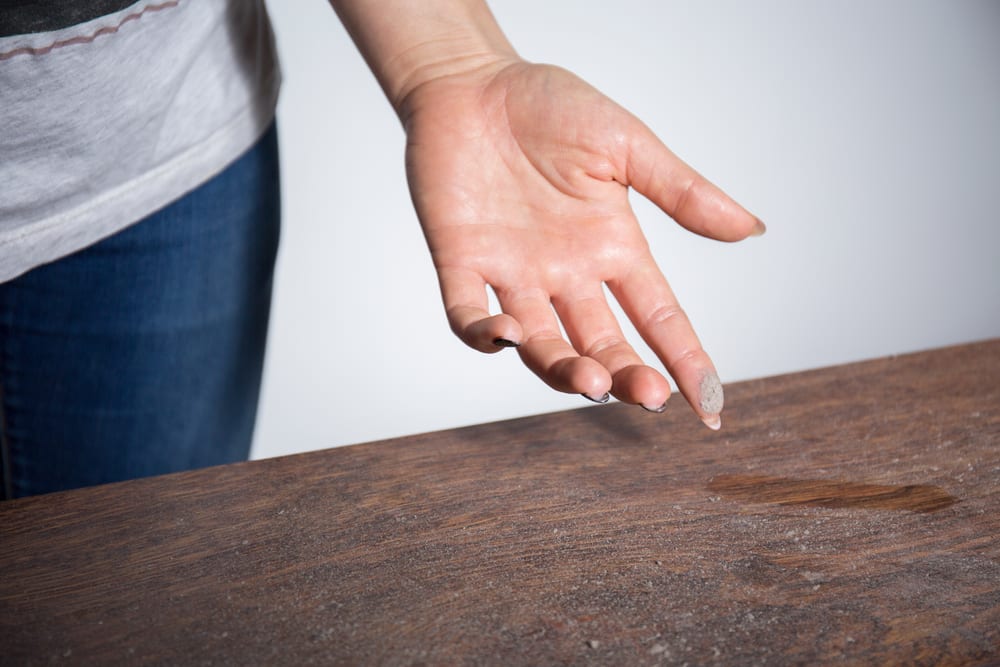Dusting is necessary part of our work which insures a clean office building and healthy work environment. It’s also a never ending task! Dust accumulates from so many sources, including sand, soil, pollen, soot, hair, spoors, mites, fabric fibers, plant material, micro-sized decaying insects, and even dead skin contribute to the make-up of that nasty stuff called dust. Dust is so prevalent that dusting forms a cornerstone of our standard office cleaning regime. If you can’t see any dust in your office, thank your Janitor.
Why is dusting an office building so important?
While visible dust creates an unsightly work space, which people may translate into an image of neglect. In addition to being unappealing, dusty offices can contribute to “sick office syndrome.” A well dusted office building translates a positive and pleasing image to all building visitors and occupants. A clean working environment also encourages neatness, promotes better work habits and can reduce absenteeism.
Dusting improves environmental well-being.
Accumulated dust is an irritant to eyes, lungs and skin, and plays havoc with people who have allergies. If dust iaccumulates, it can dirty hands, clothing and paper items and damage to electronic equipment. If proper dusting is not done on a regularly, dust builds up, hardens and becomes thick in corners and hard to reach areas. Dust can cause an unsightly film on glass and hard surfaces. Accumulation of dust can also interfere with the proper operation of a building’s heating and cooling systems.
We following the steps below for our office cleaning regime:
- Dust high surfaces first and work downward. Start at one end of the room and move in a clockwise or counter-clockwise direction.
- Pick up desk objects (phones, paper weights, pictures, etc.), dust underneath, and then replace them to their original position. Papers in a pile can be moved slightly so you can dust under and around them unless the customer has instructed you not to disturb any paperwork. But, take care to leave papers as they are found. No client wants to hunt for mis-placed paperwork after we are done.
- Do not carelessly flick your dust cloth, static duster or extension duster as you dust. This will only spread the dust, not capture it. Instead, wipe the surface.
- Wipe spots and smudges on walls, desks, etc. with a damp microfiber cloth as you move throughout the office area. Remember to rinse the cloth when it becomes soiled, using only water.
- When cleaning computer monitors or conference room flat TV screens, use a dry, microfiber cloth and lightly (and I do mean very gently) wipe. Never use paper towels, tissue paper, or window cleaner, they can scratch or damage the screen. If there are finger prints or smudges, you can use antistatic wipes designed for computers and LCD screens. Do not wipe down whiteboards that have content. Some offices do not want us to clean either computer screens so be sure to follow our clients’ wishes.
- Dust wood tables and desks with the grain, applying furniture polish per customer’s request. Chairs should be dusted from top to bottom. Start by dusting any trim on top, then the sides and work your way down to the bottom legs.
- When dusting blinds, DRY DUST ONLY. First dust across the top. Then close the blinds and dust the entire surface. Close blinds to the other side and dust the newly exposed surface area. Another way to dust blinds is to use a back pack vacuum with a brush attachment.
- In hallways and corridors, make sure to dust fire doors, fire extinguishers, exit signs, bars on exit doors, door frames/jambs, hand rails, light switches, show cases, and any other horizontal/vertical surfaces.
- Make sure to dust any areas where dust can accumulate, such as clocks, picture frames, cabinet tops and sides, the sides of desks, partitions, air vents, lights, baseboards, and window sills. If there is a surface, dust will accumulate.
- Use a vacuum to remove dust and clean hard to reach areas and upholstered furniture. We use upright cleaners, not backpack cleaners. Wonder why? Read about our decision here…
Proper dusting will help to ensure that your office buildings have a neat and tidy appearance. Dusting is necessary to ensure a clean building and healthy work environment. Paying attention to details and your surroundings while dusting will help guarantee a satisfied customer every time! If you don’t have a good office upkeep regime in place talk to us, call Patrick at Myles O’Donnell.

